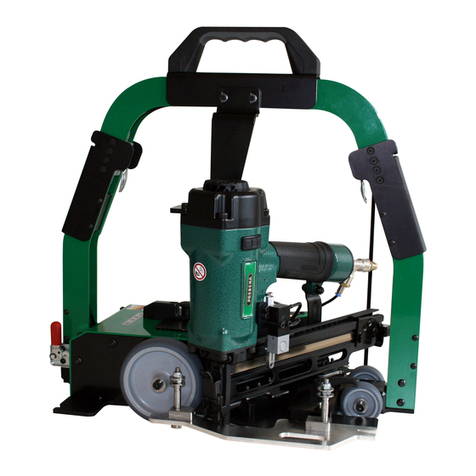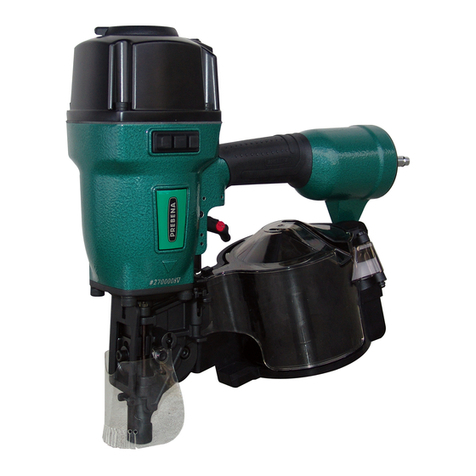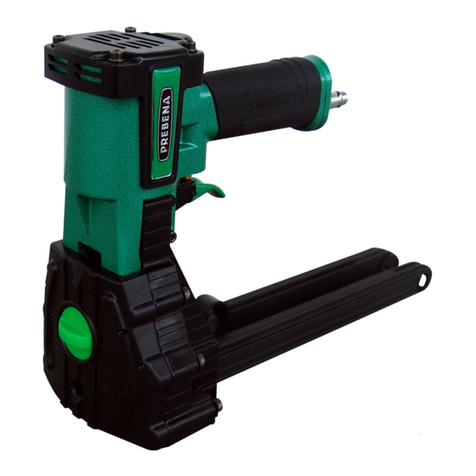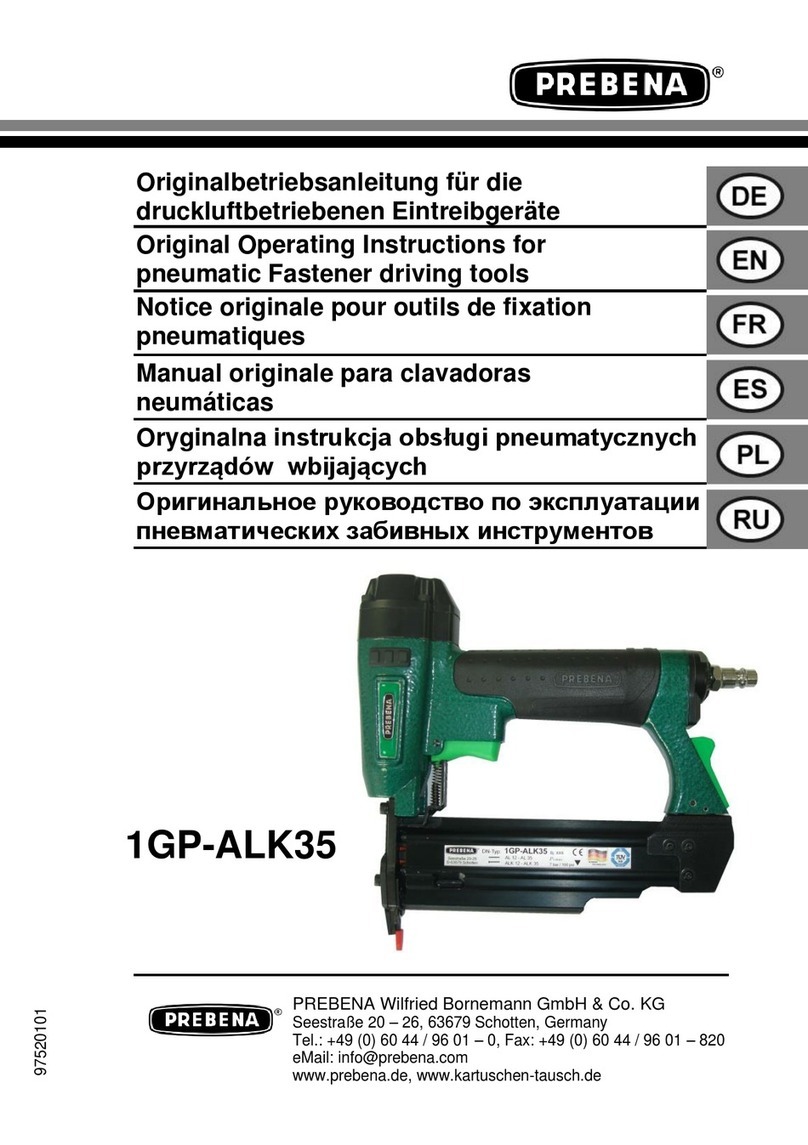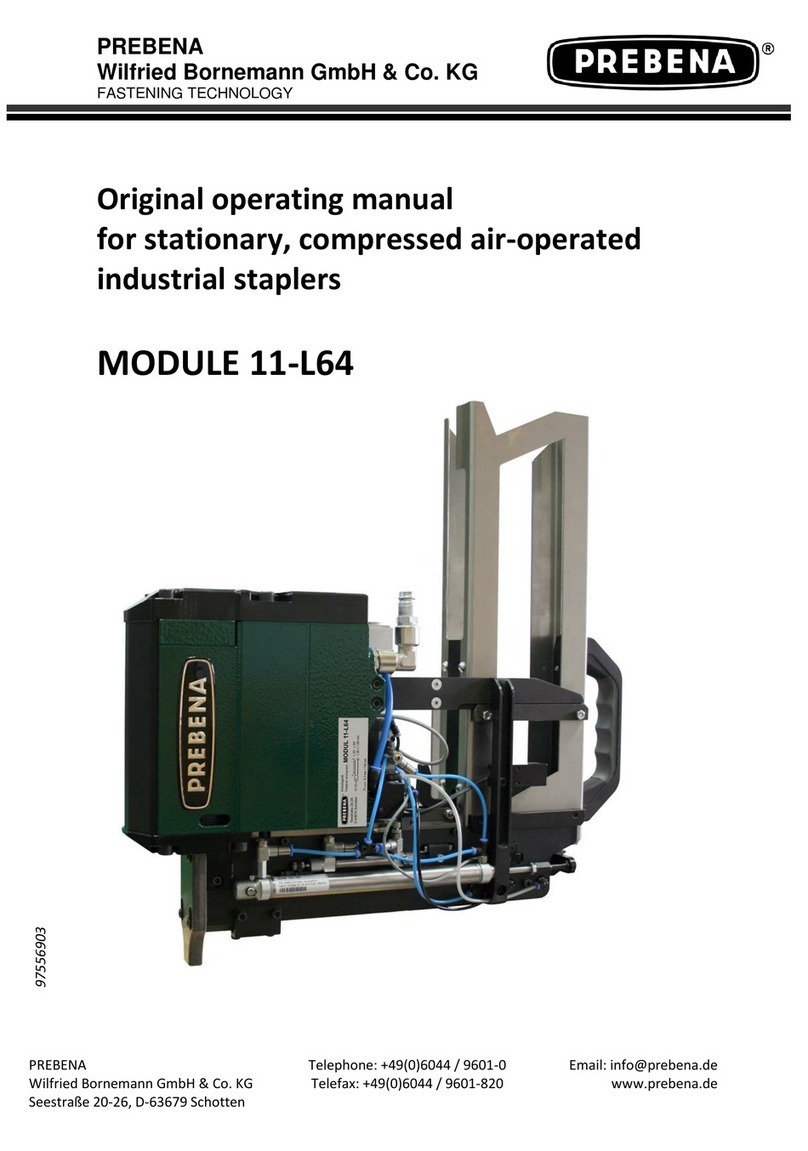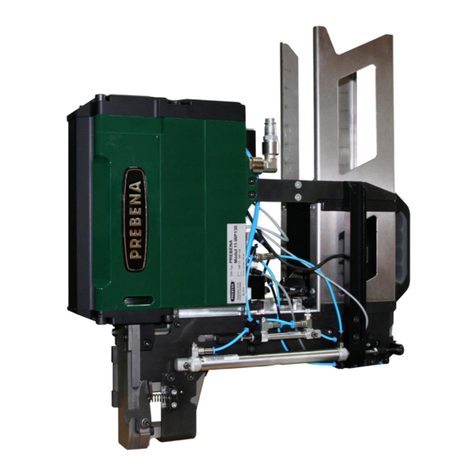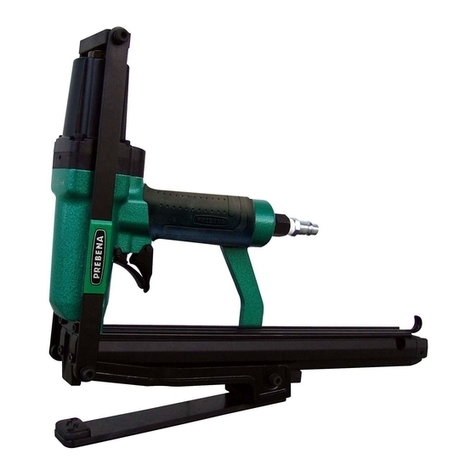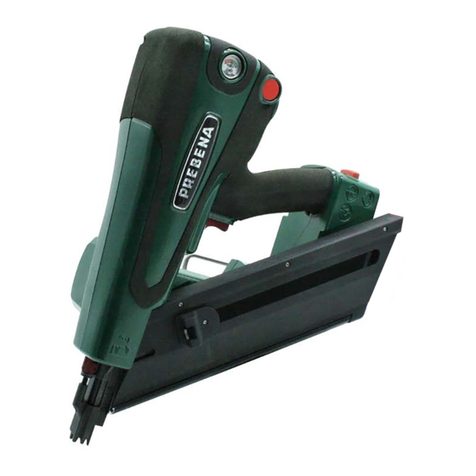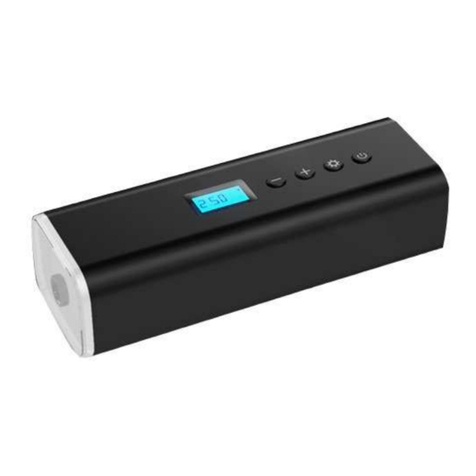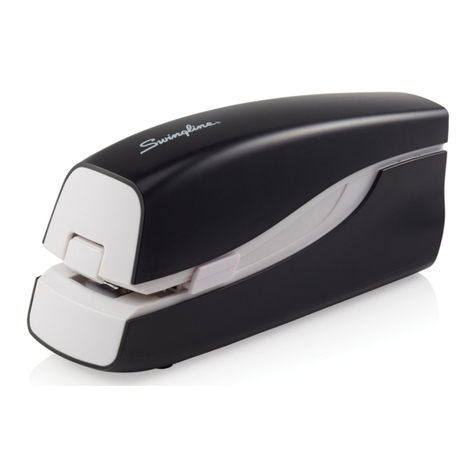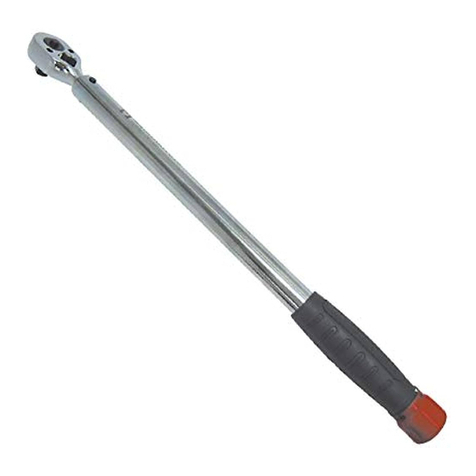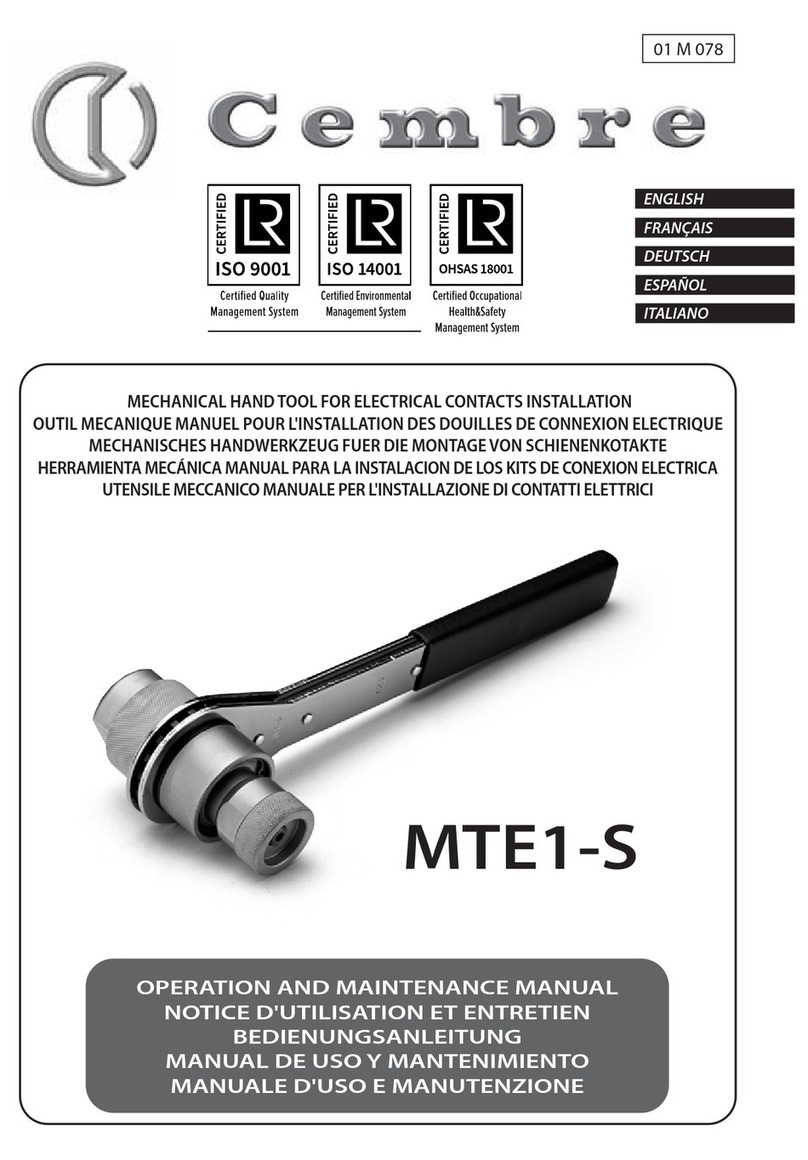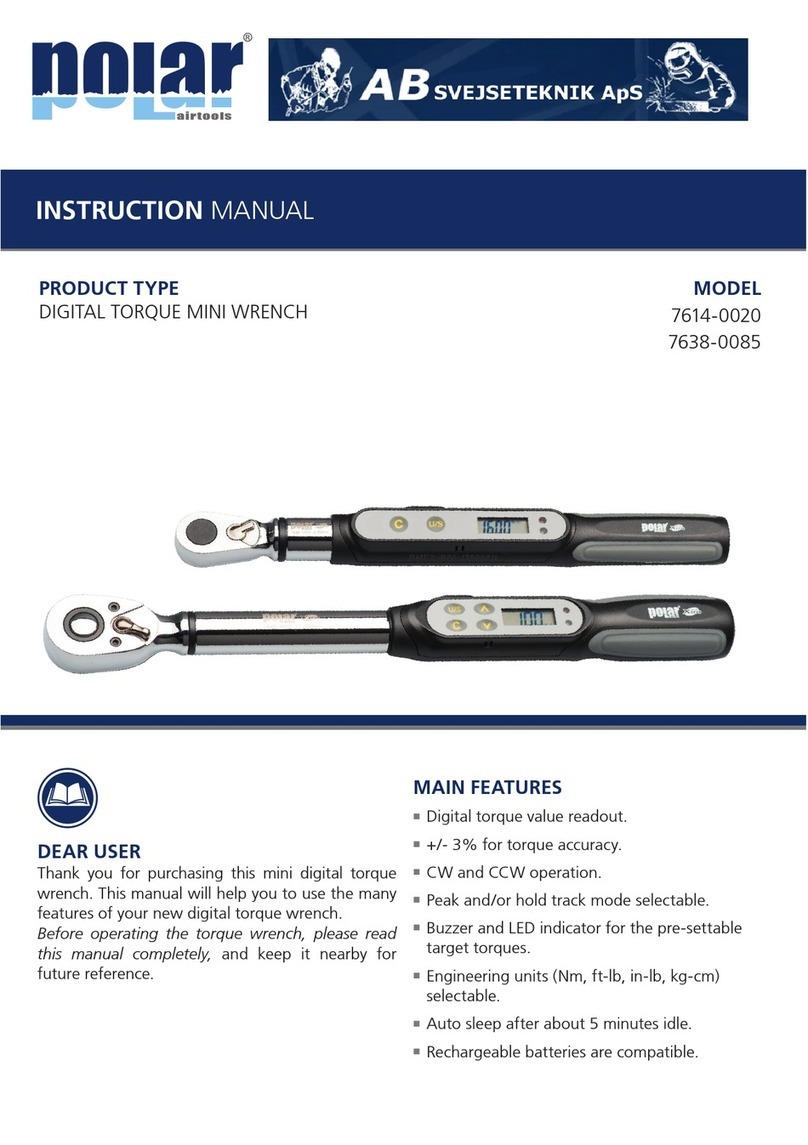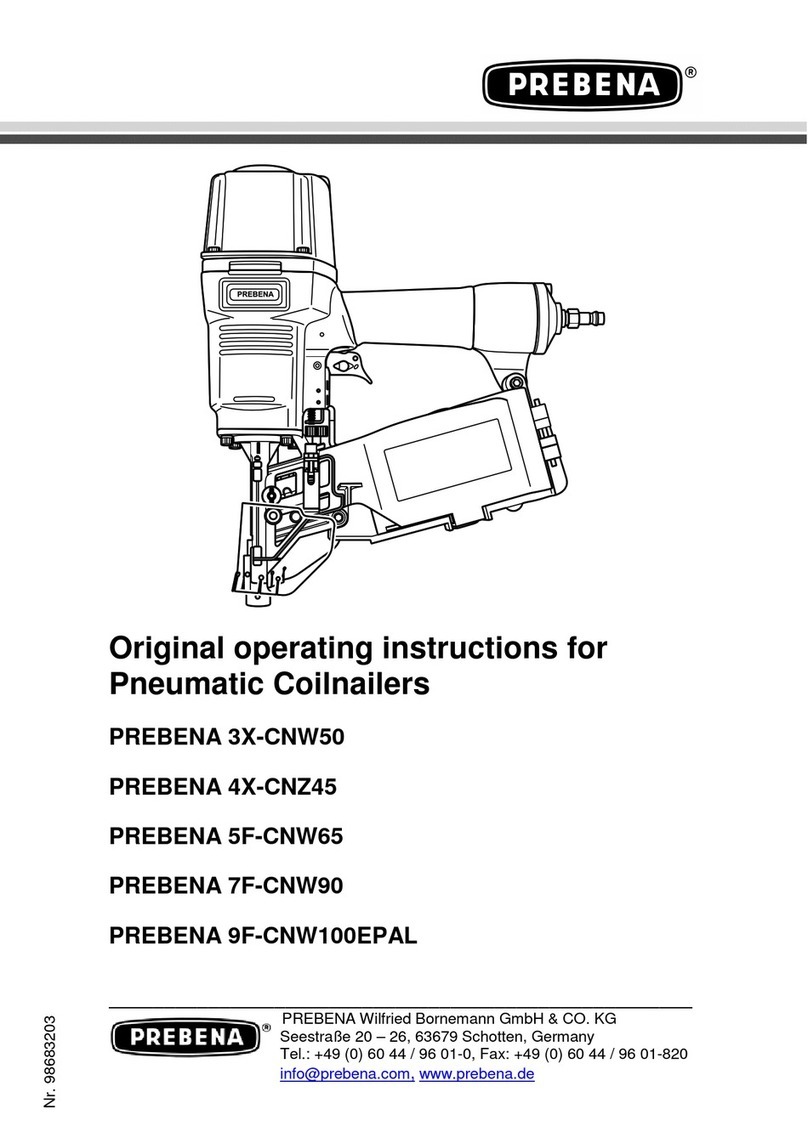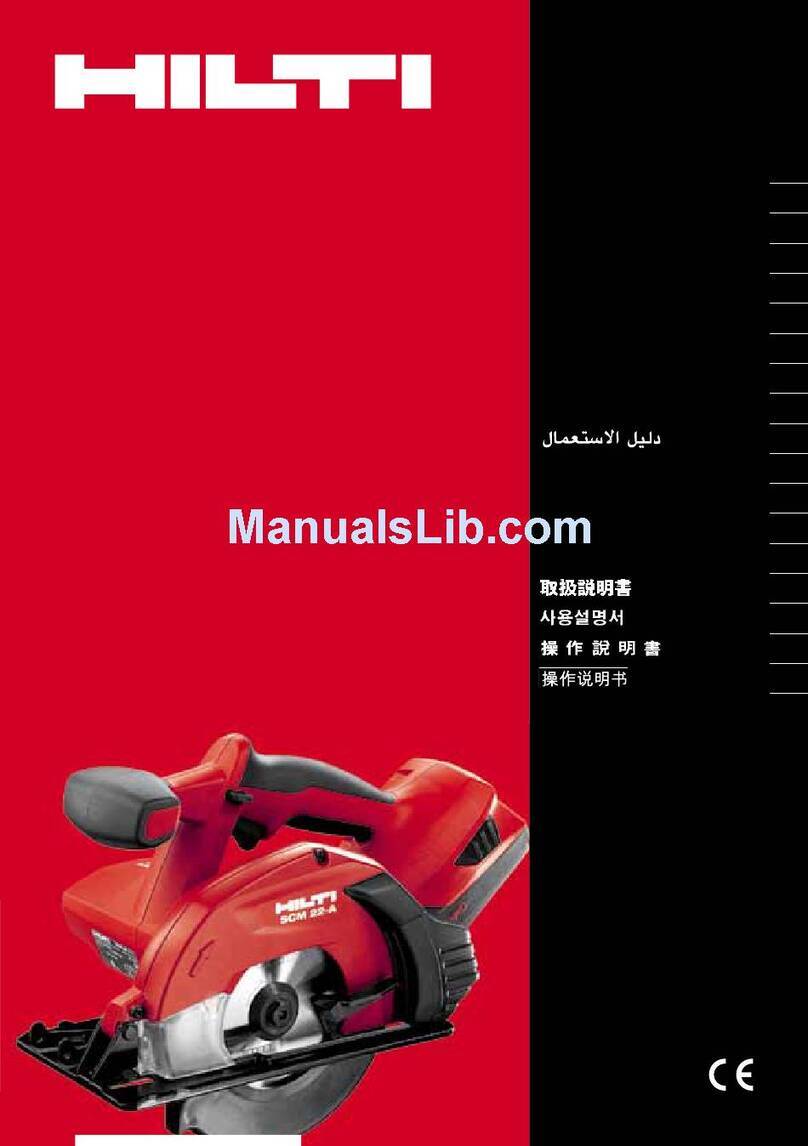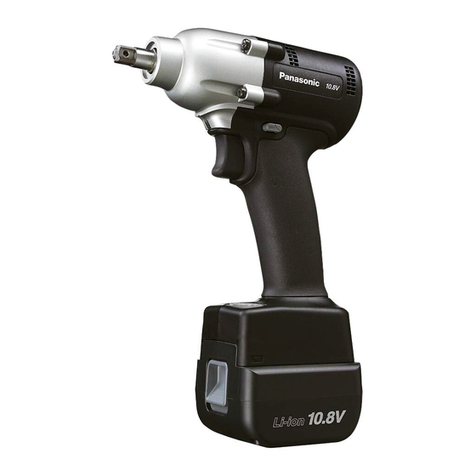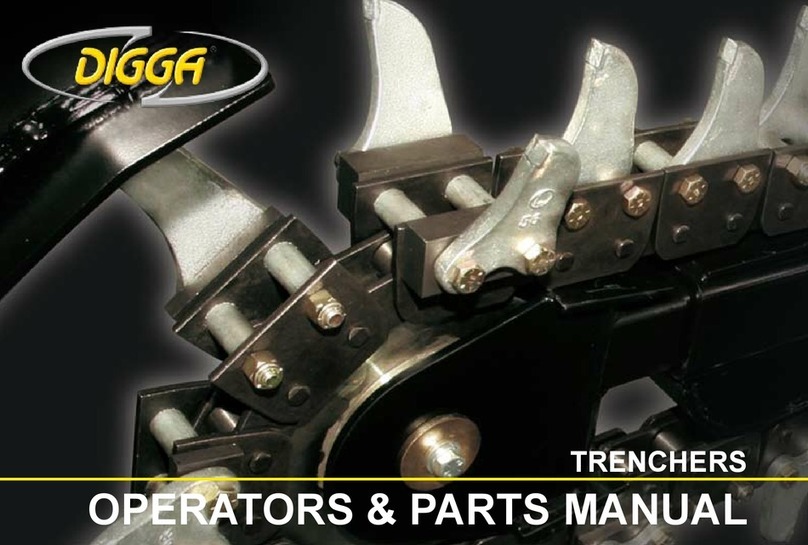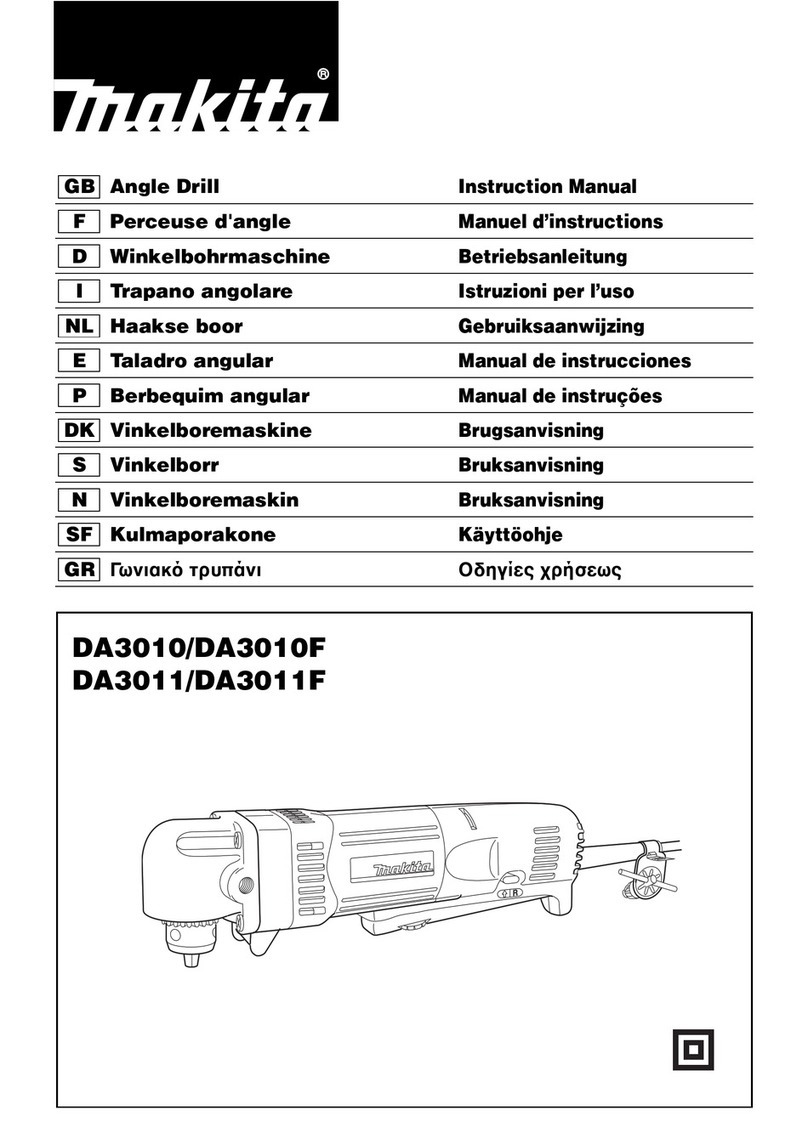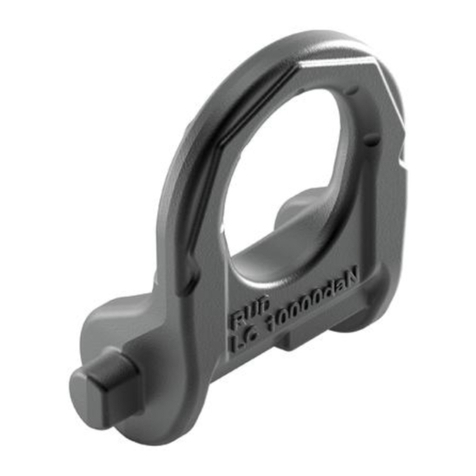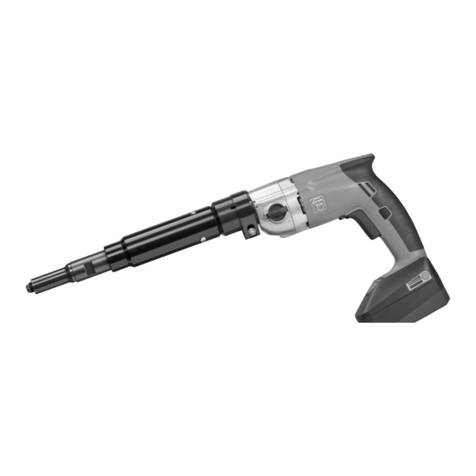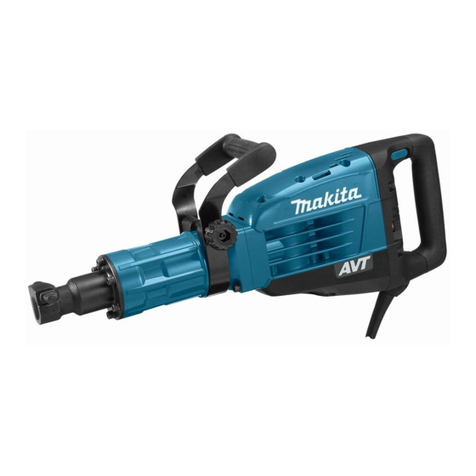
Table of contents
Foreword .............................................................................................................................................................................2
Table of contents.................................................................................................................................................................3
Layout characteristics.........................................................................................................................................................4
General layout characteristics..........................................................................................................................................4
Features of the danger warnings......................................................................................................................................4
Features of the notices on damage to property or the environment....................................................................................4
Safety...................................................................................................................................................................................5
Correct use......................................................................................................................................................................5
Improper use...................................................................................................................................................................5
Avoiding the risk of fatal injuries.......................................................................................................................................5
Preventing the risk of explosion........................................................................................................................................5
Avoiding the risk of injury.................................................................................................................................................6
Avoiding damage to the tacker.........................................................................................................................................6
Description..........................................................................................................................................................................7
Tool overview and scope of delivery.................................................................................................................................7
Tool overview and scope of delivery.................................................................................................................................8
How it works....................................................................................................................................................................8
Product features..............................................................................................................................................................9
Safety devices.................................................................................................................................................................9
Information signs on the Slider.......................................................................................................................................10
.....................................................................................................................................................................................10
Information on the rating plate........................................................................................................................................10
Preparing the Slider ..........................................................................................................................................................11
Unpacking the Slider......................................................................................................................................................11
Checking the condition...................................................................................................................................................11
Connecting the Slider to the compressed air supply........................................................................................................12
Filling the magazine.......................................................................................................................................................13
Adjusting the exhaust outlet...........................................................................................................................................14
Checking the function ....................................................................................................................................................15
Operating the Slider ..........................................................................................................................................................16
Using the parallel guide or guide sight slot......................................................................................................................16
Selecting the staple distance..........................................................................................................................................17
Adjusting the driving depth.............................................................................................................................................17
Checking the driving depth.............................................................................................................................................18
Driving in fasteners........................................................................................................................................................19
Releasing jams..............................................................................................................................................................21
Reloading the magazine (empty shot safety device) .......................................................................................................22
After operation ..................................................................................................................................................................23
Disconnecting the compressed air supply.......................................................................................................................23
Emptying the magazine .................................................................................................................................................23
Transporting and storing the Slider..................................................................................................................................24
Packing.........................................................................................................................................................................24
Transporting..................................................................................................................................................................24
Storing ..........................................................................................................................................................................25
Servicing the Slider...........................................................................................................................................................26
One-off service after 25 hours of operation.....................................................................................................................26
Cleaning the housing and external surfaces ...................................................................................................................26
Oiling the Slider.............................................................................................................................................................27
Service intervals............................................................................................................................................................27
Faults.................................................................................................................................................................................28
Faults............................................................................................................................................................................28
Overview of faults..........................................................................................................................................................28
Ordering accessories........................................................................................................................................................29
Ordering fasteners.........................................................................................................................................................29
Ordering other accessories ............................................................................................................................................29
Disposing of the Slider......................................................................................................................................................30
Manufacturer's address.....................................................................................................................................................30
Warranty ............................................................................................................................................................................31
Index..................................................................................................................................................................................32




















